
Bangladesh. Day 4- The Girl in Red


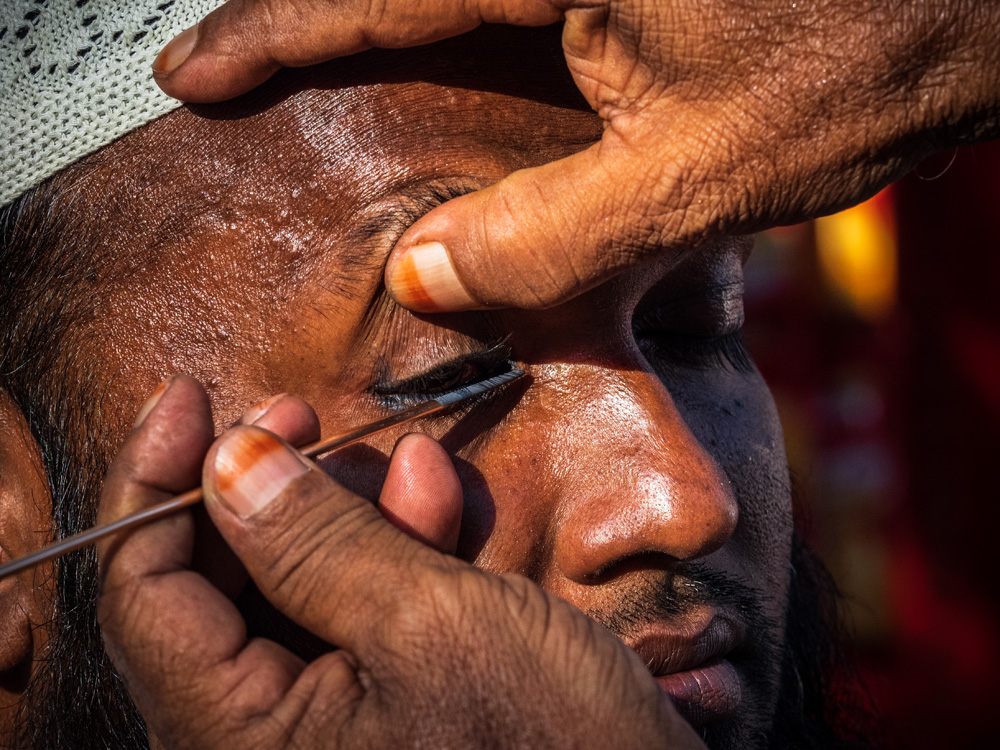
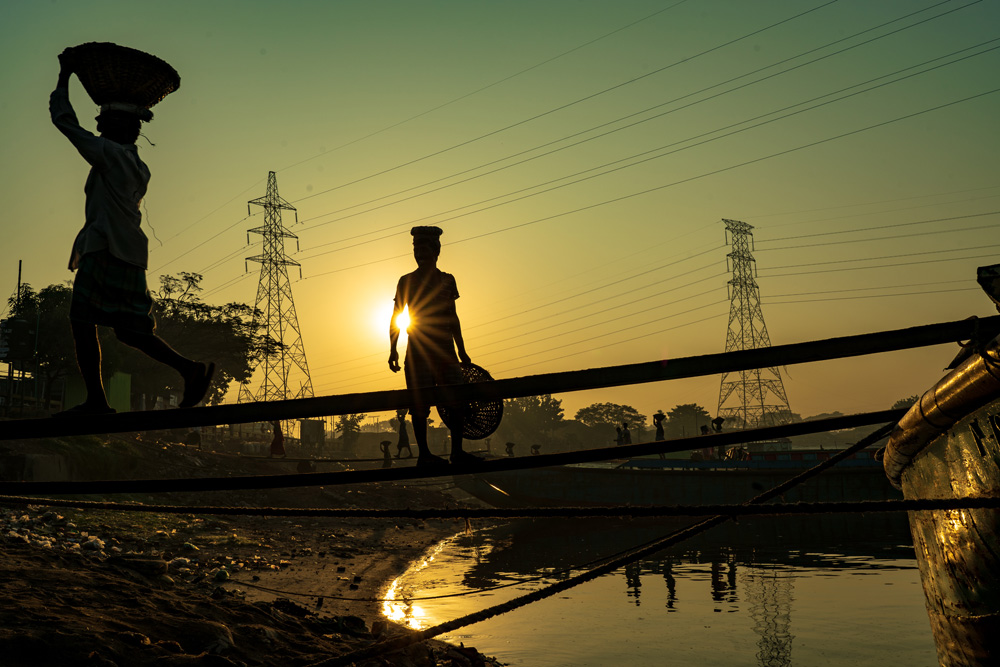
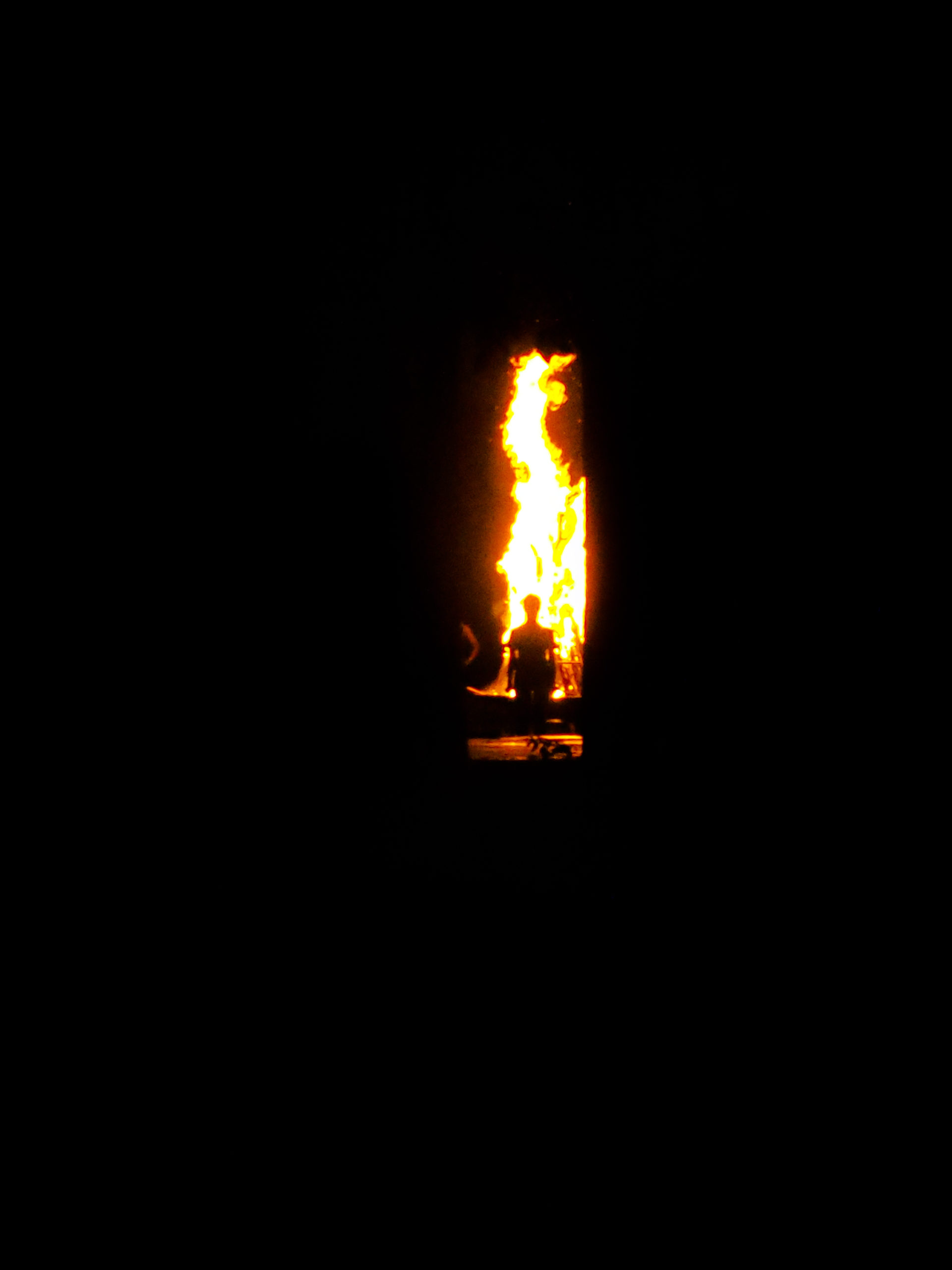

I was recently honored with the opportunity to be featured in my high school’s newsletter. While writing about myself I really got to relive some of the best years of my life.
Hi! My name is Aron Schuftan and I graduated from ISK in 1993. I spent some of the most amazing years of my life in Kenya (1986-1993) and to this day still consider those years to be my best youth years. I currently live in Ho Chi Minh City, Vietnam. I moved here 6 years ago and am working as an Obstetrician and Gynecologist. However, I have recently taken a sabbatical from work to pursue my passion as a fine arts photographer.
I can still smell the sweet dew-covered coffee fields on the way to school, still taste the samosas and bhajias from Mrs. Maini, still hear the echoes of the basketballs bouncing in the MPB and still, to this day, cover my food when walking out in the open to protect myself from the kites swooping down to grab my food. I remember listening, in fascination, to Dr. Hinz’ lectures in biology (whom I greatly credit for me becoming a doctor), Mr. Halverson’s billowing voice in the beautiful classroom bungalows, and the long sad bus rides back into town after RVA (once again) beat us. But most vivid in my memory, are the late nights of rehearsing for plays with Mr. Pearson (Little Shop of Horrors, The Insect Play, The Boyfriend….) for whom I will forever be grateful for teaching me some of the most important life lessons that I still carry with me to this day.
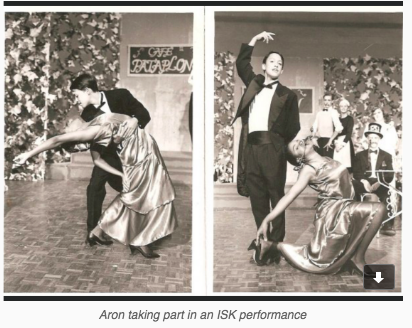
My growing up in Kenya actually played a large part on why I started this project. Like so many of you Third Culture Kids, I am sure you always cringe when you hear the question “where are you from?”. This website is now a way to show people the many places that I am “from” and was designed to be almost like a diary of my life. The images I show, accompanied with the stories I write, are a tribute to my life story through 6 continents and 45 countries….
Also, being an only-child I have always felt a weight of responsibility and duty to pass along my history and the history of my ancestors. I can remember avidly listening to the stories of my heritage, during family dinners, trying to commit them to memory and being so frustrated by only finding a handful of tattered old photos of eras gone by. I longed to be able to see what they saw, to help tell the stories; to make them more real; more visceral. The experience created in me an urge to document my own life, to immortalize my life to others, through the lens and the images I create. It is my hope that it can bring future generations closer to me. It was this desire that led me to take my first class in photography at Tulane University in New Orleans in the mid-1990’s where I was getting my degree in pre-medicine and sociology.
I developed my skills and found that I was able to tell stories with my pictures and it was a great way for me, a self-proclaimed introvert, to interact with people. It empowered and lifted me in a way a gambler must feel as he or she watches a ball tumbling on a roulette wheel.
My photography is a heartfelt diary of what I see, the moments I experienced, traveling to other countries and immersing myself in the culture, anywhere. As a “street photographer”, it is important to me to capture a moment, the feeling –without manipulating my subject or the environment. I try to be “a fly on the wall” and capture exactly what I see. But at the same time, I try to capture the unusual or the ordinary, but in a new way.
For me, the art lies in the capture, not the later enhancement of an image. Photoshop has revolutionized photography, but being a purist, I shy away from post-production of my work. What you see is what I saw, unfiltered, raw and grabbing the energy of that exact moment. It is through my images, that my viewers can see and experience cultures, faraway lands and the emotions captured by my lens.
For me, not only is the image important, but also the title. I have always believed that the title of a photograph adds another dimension to the image. At times the title of the shot comes to me before I take the picture.
When possible, I always strive to find a title that makes my viewer think one-step beyond the image.
Currently, I am working as an Obstetrician and Gynecologist. Repeated I have been living in Vietnam since 2014, but have been coming to Vietnam since 1995 regularly since my parents moved here (and still live here). My mother is Vietnamese and my father was born and raised in Chile to German Jewish parents. I spent my adolescence in Nairobi, Kenya, but have been fortunate to have lived all over the world including Cameroon, Spain, Puerto Rico, Chile and the US.
Here I am, almost 30 years later, reliving in full Technicolor, the amazing time I had at ISK. Yes, I’m sure ISK has changed a lot (the coffee plantation is gone?!?!), but the spirit of growing up and getting educated in such an environment surely lives on. Many of you will go back to your home countries after graduation and undoubtedly feel “different” from your peers. But do not worry, this difference will only set you apart in a good way, make you more unique, more interesting, and more ready to conquer the world.
I hope going through my photos, especially the section on Africa, brings a bit of a smile to those who, like me, were touched so deeply by Kenya, and to those still there, I hope my photos makes you appreciate what you still get to experience daily.
I hope you enjoy looking at my pictures as much as I enjoyed taking them.
Once a Lion, always a Lion….
Best,
Aron

A recent question and answer I did with Mads Monsen from Magazine d’Art De Saigon…

Could you share a little bit about your background and what you do for a living?
“MUTT”- My friends have called me this my whole life and to be honest- I don’t mind. My mother is Vietnamese and my father was born and raised in Chile to German parents. I spent my adolescence in Nairobi, Kenya, but have been fortunate to have lived all over the world including Cameroon, Spain, Puerto Rico, Chile and the US. To be honest, these various clashing of cultures have never made me feel like an outsider- if anything, it made me feel always accepted wherever I went which I feel has translated into my life and my art.
I am a 44 years old doctor, specializing as an Obstetrician and Gynecologist at Family Medical Practice and American International Hospital.
I have been living in Vietnam for 5 years now, but have been coming to Vietnam regularly (first time I came here was 1986) since my parents relocated to Saigon from Kenya in 1995. Besides photography, I love to travel, play
soccer with the Saigon Raiders, Saigon’s oldest expat team and I recently began playing the “Handpan”, a relative new instrument for me.

How would you describe your Instagram wall?
My wall is an honest diary of what I see in my day-to-day, from the many countries/places I’ve been fortunate enough to have lived in and visited. (@aron_schuftan_photography)
As a “street photographer”, it is important to me to capture a moment, a feeling –without manipulating my subject or environment. I try to be “a fly on the wall” and capture exactly what I see. But at the same time, I try to capture the unusual or the ordinary but in a new way.
How did you start? What was your inspiration?
I started taking pictures at an early age to document my travels, but really started getting into it while in college in New Orleans, when I was gifted my father’s antique Zeiss Ikon camera… its been a love affair ever since.

What are your favorite elements to use in your visuals?
I love to find repeating patterns and use natural “frames” in my images. I also try to use wide-angle lenses and incorporate “leading lines” into my shots. I find both to be great tools to pull the viewer in and to capture as much of the subject’s environment- which I believe makes a better visual story.
For me, not only is the image important, but also the title. Often I have the title of the shot before I even take the picture- in essence the title makes my image. I think it stems from the first picture I ever saw that “moved” me. It was a black and white photograph of a pair of feet by Annie Leibowitz and the title was “Pele”. As an image alone perhaps not so special but with the added title, a whole new meaning evolved- a portrait of arguably the world’s most famous feet. Since then I always strive to find a title that makes my viewer think one-step beyond the image.

Do you see social media as a tool to inspire or the other way around?
I believe it’s a double-edged sword –yes, the mass, instant, dissemination of information and images can help and inspire, but at the same time, I do believe we have crossed the line: it has bred a new generation of completely self-absorbed narcissists and given fame (and a platform) to the ridiculous and menial. I mean, really, do we care what Kim Kardashian ate for breakfast? But I guess I may be the wrong person to ask; I am not exactly the social media demographic. Then again, social media got me this article so I guess it can’t be all bad, can it 🙂 ?
Who is your Instagram for?
Mostly for family and friends, but I do secretly admit that I enjoy getting likes from strangers around the world.
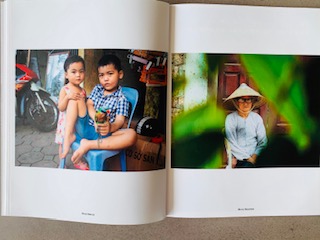
What do you hope viewers get from your work?
I hope my images allow my viewers to see and experience new places, a new culture and feel an emotion. This desire has often lead to me to capture moments that some of my audience find displeasing (eg: my series of photos from a dog meat market in Hanoi). But to be honest, I appreciate the positive praise as much as negative comments. For me, the fact that my images cause a strong emotion (good or bad) is what I strive for as an artist.
What is challenging about Instagram?
Not only as relates to Instagram, but to social media in general: it is hard to get noticed as an artist and have your work really appreciated. Today EVERYONE is a photographer and people’s attention span is shrinking. Also, with the advent of Photoshop, the nature of photography has changed –now it doesn’t matter so much how good you are at capturing a moment, but rather how good of a graphic designer you are. Some would say it is the “evolution of photography”, or “it’s what we used to do in the dark room”. But for me, as a purist, I try to do no post production of my work (no cropping, no Photoshop), so I don’t buy it. I believe, the art is in the capture, not later in front of a computer. What you see in my pictures is what I saw, when I saw it. But then again, as this is a hobby for me, I have the benefit of making that decision. I totally understand (and sympathize) with my professional photographer friends whose clients want a perfect image and they don’t care if you got it on your first shot or after 10 hrs manipulating it on a computer screen.
Looking back at when you started, how much has your style evolved and how?
As I look back through my photos I can see different phases that I went through. Abstract, architecture, fashion, nature- having only done photography as a hobby, I have had the freedom to take pictures of anything I want. But I find that what currently inspires me is the people of Vietnam: I shoot mostly children and the elderly. I find “innocence” and “wisdom” interesting subject matters. In any case, I always try to incorporate visual elements in my shots that tell a story and are not just “pretty” pictures.
What are some of your favorite instagram accounts to follow? ?
I love National Geographic’s Instagram (and to be honest am jealous of it). It would be my dream come true to work for them (if anyone can introduce me I would appreciate it!). But I am also a big fan of Justin Mott’s work (@askmott) who was a fellow contestant/judge of mine in “Photo Face Off” –a photography reality show on History Channel that I was lucky to be a part of.
What can we expect to see on your Instagram in the future?
Hopefully more of the same, but better…
#AronSchuftanPhotography #NationalGeographic #StreetPhotography #Traveller #ThirdCultureKid